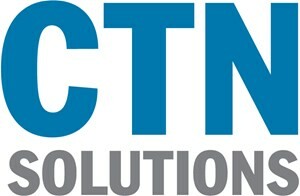In today’s rapidly evolving business environment, mitigating risk and ensuring compliance are paramount to maintaining operational integrity and fostering sustainable growth. Non-compliance can lead to severe penalties, reputational damage, and financial losses. Here are key strategies to help your business mitigate risk and stay compliant.
- Understand Regulatory Requirements
To effectively manage compliance, businesses must have a thorough understanding of relevant laws and regulations:
- Research and Stay Informed: Continuously monitor legal and regulatory changes that impact your industry.
- Consult Experts: Engage legal and compliance experts to interpret complex regulations and provide actionable guidance.
- Implement Robust Internal Controls
Strong internal controls are essential for minimizing risks and ensuring compliance:
- Policies and Procedures: Develop comprehensive policies and procedures that align with regulatory requirements and best practices.
- Regular Audits: Conduct regular internal and external audits to assess compliance and identify potential risks.
- Invest in Employee Training
Educated employees are your first line of defense against compliance breaches:
- Continuous Training: Offer regular training sessions to keep employees informed about compliance requirements and ethical standards.
- Clear Communication: Foster an open culture where employees feel comfortable reporting potential compliance issues without fear of retaliation.
- Leverage Technology
Technology can enhance your compliance efforts by providing tools for monitoring and managing risks:
- Compliance Software: Utilize software solutions to automate compliance tasks, track regulatory changes, and manage documentation.
- Data Security Measures: Implement advanced cybersecurity measures to protect sensitive data and comply with data protection regulations.
- Develop a Risk Management Plan
A proactive risk management plan helps identify and mitigate potential threats before they escalate:
- Risk Assessment: Regularly conduct risk assessments to identify vulnerabilities and prioritize mitigation efforts.
- Crisis Management: Develop a crisis management plan outlining steps to take in the event of a compliance breach or security incident.
- Foster a Compliance Culture
Creating a culture of compliance starts at the top and permeates throughout the organization:
- Leadership Commitment: Ensure that leadership demonstrates a strong commitment to compliance and ethical behavior.
- Incentivize Compliance: Recognize and reward employees who demonstrate a commitment to compliance and ethical practices.
- Monitor and Review
Continuous monitoring and periodic reviews ensure that compliance measures remain effective:
- Performance Metrics: Establish key performance indicators (KPIs) to measure compliance effectiveness.
- Feedback Loop: Implement a feedback loop to gather insights from employees and stakeholders, making necessary adjustments to compliance strategies.
In conclusion, mitigating risk and staying compliant requires a multifaceted approach that combines understanding regulations, implementing robust controls, leveraging technology, and fostering a culture of compliance. By adopting these strategies, businesses can safeguard their operations, protect their reputation, and ensure long-term success. Stay proactive, stay informed, and prioritize compliance to navigate the complexities of today’s regulatory landscape.
